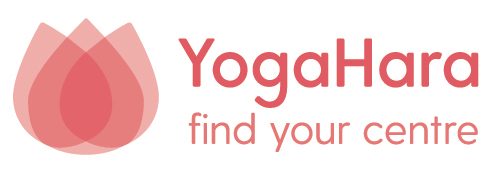Recently the New York Times published a series of articles investigating abuse of power, touch and consent in yoga in light of the #MeToo movement. It is a very important conversation and I am very pleased that it is finally happening.
About 12 years ago I was badly injured by a yoga teacher physically adjusting me. It took me more than a year to recover from that injury (and even now it can still be problematic at times). I found out some time later, that the teacher had not done any yoga teacher training. After that, whenever I went to a studio, I would write on my health form that I didn’t want to be physically touched. Some were ok with this and some ignored it (and still adjusted me). I am pretty happy that saying no to an adjustment is now more widely accepted.
The New York Times articles are confronting, talking specifically about abuses of power in the yoga world by Pattabhi Jois and Bikram Choudhury. I am not going to repost them here but you can find them easily by popping yoga in to the NYT search function if you were interested. However, these articles have lead to a great conversation around the importance of adjusting, touch and consent, and this article and it’s accompanying video have created quite a stir (rightly so). I don’t believe there is any place in yoga for this kind of adjusting. Even when he is called out about it, he still touches the woman, patting her on the head. The good thing is that the backlash has lead to this follow up article with some great ways teachers can work with consent. In no other industry is it appropriate to touch someone without their consent, why should yoga be different?
In July 2018, I implemented a permission based touch/adjustment policy at YogaHara. Our teachers had 6 months to get their heads around it and then at the start of 2019, it became compulsory.
Personally, I believe two things about touching in yoga:
If the teacher is well trained and actually teaching the class (rather than talking the practice as they do it themselves on their mat) there should be very little need to touch a student. They should be able to give good verbal instructions as they walk around the room, giving guidance generally, or specifically.
Touching and adjusting people implies that the teacher knows the student’s body better than the student (and they can’t possibly).
Yoga isn’t about looking a certain way. People should not, and do not, all look the same in a pose, everyone’s body is different so they will look different, even in the same pose. It is not up to the teacher to decide if how they look is ‘right’. It is about how the student feels. The very essence of yoga is to invite ourselves into feeling more deeply and if we as teachers are interfering with someone’s exploration of that then we are negating their experience.
Some students like to be guided by touch, and I don’t have a problem with this. It can help them to feel more deeply, especially if they are working with something that is new for them, or if the student is new to the pose. If this is the case the teacher can decide if a physical adjustment is required and respond accordingly, gently, as a guide. We are very clear about this in our introductory course, making sure students are clear about what we are going to do before we do any adjustments.
The other important factor to me, is that YogaHara is a safe space. If students can practice saying no in the studio and learn to be comfortable not doing something that doesn’t feel right, then they are building the skill to trust themselves and to say no to something bigger in their daily life. That is a much greater gift than adjusting their hand by a centimetre in Warrior II (or worse forcefully adjusting their knee/hip/pelvis).
YogaHara’s policy now is very clear around adjusting:
We introduced consent cards so you can indicate if you want to be touched
All touch (even if the consent card says yes) is communicated, ie: may I put my hand on your knee?
Will will not touch you if you cannot see what we are doing and if it has not been communicated to you
All touch is gentle and a guide only
We will not do any forceful adjustment at all
Our teacher trainees are learning the art of consent based touch and appropriate touch. This is interwoven throughout the course and specifically addressed in the Ethics unit. We have had some wonderful conversations around it.
My invitation to you is this: if you don’t want to be touched, tell the teacher. And my advice, if you are trying a new teacher, don’t let them touch you until you know what they are like. Watch how they touch other people. Would you let a total stranger touch you within the first 5 minutes of meeting you?
EDIT: Since I published this post, The Flow Artist Podcast have interviewed me (among others) about my thoughts on adjustments. Please listen to this important conversation Part 1 and Part 2.
With love, Gina


